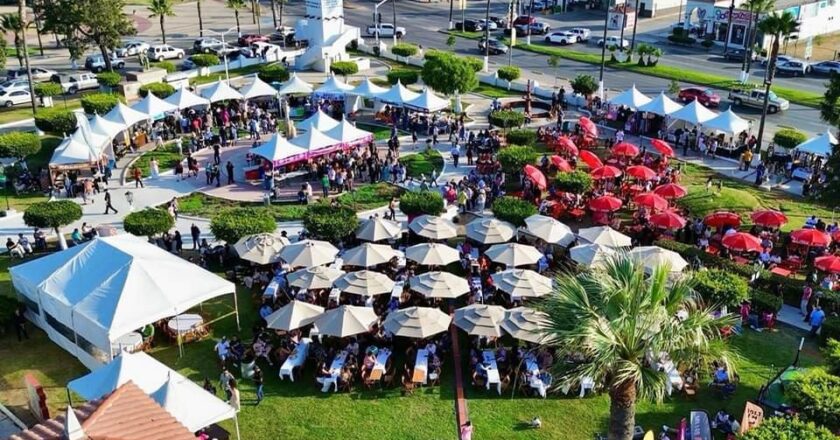Ensenada is about to pop the cork on one of its most beloved harvest season traditions. La Verbena de Santo …


Ensenada is about to pop the cork on one of its most beloved harvest season traditions. La Verbena de Santo …

Ensenada’s about to swap its sandals for sombreros. This September 15, the city will celebrate Fiestas Patrias like never before …

Rosarito’s seaside stage gets ready for its second grand operatic comeback—yes, with real high notes and no high drama. If …

Subscribe now to The Deep Dive podcast by GGNorth Reading is great—until you’re flipping tortillas, walking the dog, or forgot …

It’s official. The U.S. just rolled out a new rule that could make visiting a lot more expensive—for some people. …

Ensenada celebrates 77 years of Mexico’s favorite cocktail—with yoga, music, and more margaritas than you can count Kickoff Party at …

In a first for Baja California, the federal prosecutor’s office (FGR) in Tijuana hosted the state’s top security meeting—yes, that …

June fog was just burning off the coast when I pulled into Tempest Traders just south of Rosarito. I’ve long …

A Weekend of Dance, Storytelling, and Smoke-Kissed Flavor CDMX – August 2–3, 2025 — This weekend, Baja California is packing …

From Sea Waste to Sustainable Style and Skincare Isla de Cedros, Baja California – Who needs leather when you’ve got …